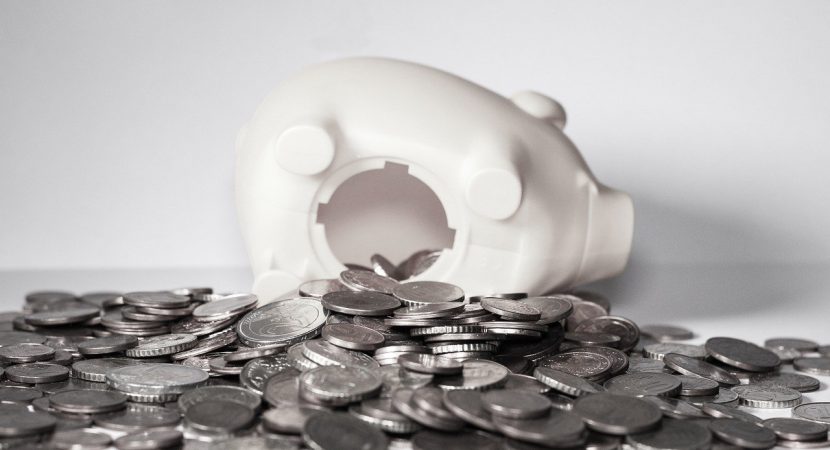Since the establishment of the Bank of North America in 1781, banking has played a crucial position in fostering the American Dream. These organizations have indispensable monetary resources, spanning from receiving deposits to providing loans. Credit is king in the United States, because, without high-quality banking services, countless Americans may have failed to buy cars, homes, and other vital things.
However, like most of the nation’s older organizations, banks have often played a major role in America’s racist history. Cultural segregation in the finance sector and the financial system has targeted African Americans, and the difficulties of ending discrimination remain today. Black-owned banks have arisen as an alternative to larger entities to offer better access to financial facilities as well as an incentive to help local communities.
Black-Owned Banks Background and Past
Black-owned banks did not operate for more than a century after the Bank of North America first opened its doors. Prior to chartering the first Black-owned bank in 1888, Congress and President Lincoln founded Freedman’s Savings Bank in 1865. As part of the Freedman Bureau, this agency was built to help newly released African Americans manage the U.S. financial structure. While Congress agreed to shutter the Freedman’s office in 1872, the bank continued to function. In 1874, Frederick Douglass took over as the D.C. bank. Branch manager and he considered a position to be fraught with greed and reckless investing. While Douglass spent $10,000 of his own funds in the bank in an effort to preserve it, Freedman’s Savings went bankrupt later the same year.4 While Freedman’s Savings Bank did not fulfill the current requirements of a Black-owned bank, it was a crucial first move.
The first officially chartered Black-owned bank, Real Reformers Bank, was established on March 2, 1888, by Reverend William Washington Brown. Former slave and Union Army soldier, Browne was the founder of the Grand Fountain Unified Order of Real Reformers. True Reformers Bank came about when Browne and his company encountered financial difficulty when attempting to create a new branch in Virginia. The True Reformers Bank was established by Browne, unable to handle the money of the order without arousing distrust on the part of suspicious and prejudiced locals, such that the funds of the group will be free from the investigation by white people5.
Present Day Segregation
In 2016, the net value of the white family was about ten times greater on average than that of the Black family. This is the product of poverty, segregation, bigotry, and power gaps and privileges that have intensified over America’s history. This is also why the dwindling number of Black-owned banks is of great significance given the position these organizations play in the battle against contemporary institutional injustice throughout the financial sector.
Consider redlining it. This immoral and now unconstitutional tactic is used to restrict access to important facilities for citizens of those communities on the grounds of race or ethnicity. The Civil Rights Act of 1964, which forbids prejudice on the grounds of color, color, faith, sex, and national origin, was a starting point. Yet, while both the Equal Housing Act of 1968 and the Community Reinvestment Act (CRA) of 1977 were meant to remove redlining, this form of segregation is still visible today.
Why fund banks controlled by Black people?
Lack of financial firms is failing. In 2013, 60 percent of Black banks lost their money and were overwhelmingly hard hit by the recession of 2008. Now that we are facing another economic crisis, it is a perfect opportunity to invest in black banks. By doing so you will help maintain these institutions afloat so that minority groups can begin to try to narrow the inequality divide.
Together, Black banks control $5 billion in reserves, which is a fraction of what the financial giants have for reference, Wells Fargo alone has $1.7 trillion in assets). It is up to people to make Black financial organizations expand in the U.S. If you want to make a change, take these quick measures to move to a bank run by Black people.
Describe your requirements for banking
Are you actually banking with a particular bank? What do you like and do not like about it? Keep this in mind when you go shopping for a modern, black-owned bank.
You might like the mobile banking services, or the secured ATM (maybe with the help of something similar to Gorilla ATM Security, for instance) that your current bank provides, but you hate high monthly fees. Or maybe you prefer to do your banking for an organization that is more interested in ethnic communities.
Create a list of your must-haves to help you settle on the right Black banking option to suit your needs.
Pick a black own banking institution;
Once you have established your list of banking needs, it is time to look for a Black-owned financial institution that satisfies these criteria. Using the black-owned banks and credit unions list above to launch your hunt. Build a set of choices and mark those that do not make a cut.
Perform your automated transfers and deposits
Do you use automated withdrawals for your billing process? What about the bosses’ (or clients’) immediate deposits? If that is the case, you may need to create a list of these automated transfers so that you can set them up for your new bank.
Image source
https://cdn.pixabay.com/photo/2015/08/29/02/07/coins-912717_1280.jpg
https://cdn.pixabay.com/photo/2015/09/15/15/53/bank-note-941246_1280.jpg


